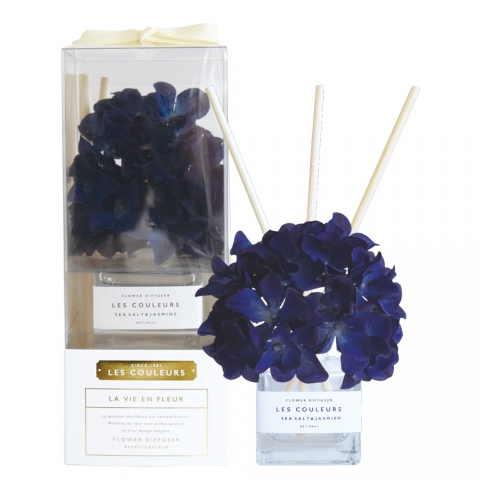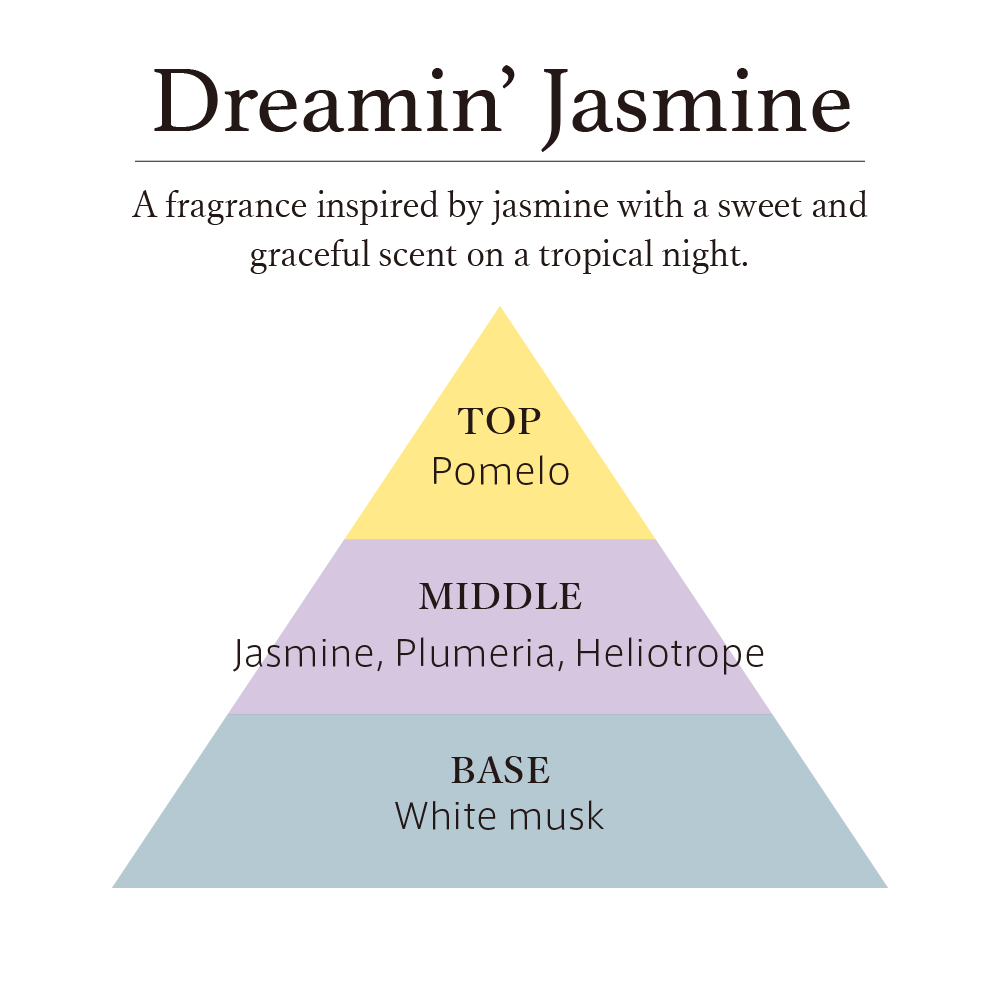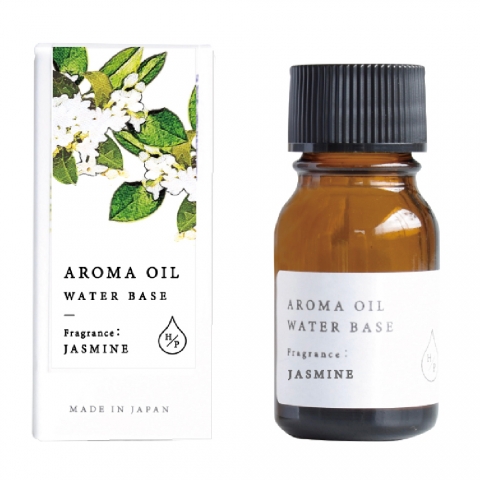Hello everyone,
FRAGRANCE LAB.BLOG brought to you by fragrance manufacturer ART LAB., is back with another installment.
Continuing the conversation about fragrances of fascinating flowers fromthe 7th issue, we will talk about the fragrance of “Jasmine” as ESSENCE & FLEUR Vol. 2.
Classification of Jasmine and its fragrance
Jasmine is the general name for plants of the Jasminum grandiflorum in the Oleaceae family.
There are different types of jasmine, such as Spanish jasmine and Jasmine sambac.
It is said that there are about 200 varieties in the genus Jasminum grandiflorum.
The Jasmine from India, China, and Southeast Asia is often referred to as Jasmine sambac or Arabian jasmine, those are often differentiated when listed in perfumery.
This is just my personal opinion, that I feel Sambac has a stronger characteristic and is a heavier overall fragrance.

One of the three major florals! Jasmine Fragrance
Jasmine is a very popular and widely used fragrance in the fragrance world.
It is considered one of the three major florals along with rose and muguet (lily of the valley), and it would not be an exaggeration to say that it is used in many renowned fragrances almost without exception.
Although depending on the specie, the jasmine flowers for a long period of time from spring to fall, but it is said to bloom from evening to night.
It is exotic to just imagine that its fragrance increases at night in tropical countries!
As the parfume created by the fascination with the exoticism of the Orient is called “oriental note.” Ylang-Ylang, which is native to the Malay Peninsula, is a perfect match for Jasmine Sambac.
Ylang-ylang from the Malay Peninsula goes very well with jasmine because it has a rich, powdery fragrance that also evokes the image of the Orient.

One of the best jasmine fragrances is JASMIN ROUGE by Tom Ford.
T O P: Bergamot / Mandarin / Cinnamon / Ginger / Cardamom / Pepper
M I D: Jasmine Sambac / Genista / Neroli / Ylang-Ylang / Clary Sage
BASE: Mexican Vanilla / Labdanum / Leather / Woody / Amber
This is truly a jasmine and ylang-ylang collaboration, and hint of mandarin, bergamot and spices are added on top.
The base notes of vanilla, labdanum and amber create depth.
For those who prefer a clear fragrance, we recommend “Le Jardin de Monsieur Li ” created by Jean-Claude Elena, a perfumer well known for his “Jardin Series” for Hermes.
Created from the inspiration that came to him during his travels in Asia, led by refreshing kumquat and mint, the gentle sweetness of jasmine spreads.
The very simple note of kumquat, mint, and jasmine can be imagined to be based on the minimalistic style of perfumery that he learned from his mentor, Edmond Roudnitska.
Of course, there is no doubt that other calculated fragrance ingredients are also included in it…
The scent of jasmine has been popular since the ancient times, and it is said to have been one of Cleopatra’s favorite scents.
Back then, it is presumed that jasmine petals were soaked in oil and used as a fragrant oil, but in any case, the amount of oil that can be extracted from flowers is very little, so large quantity of flowers are needed.
Therefore, it is a very expensive perfume, often the same or even more expensive than rose, depending on the type.
So, if you are hesitant to buy expensive essential oils, try jasmine tea.
Pour hot water over the tea leaves and the fragrance will spread throughout the room.
Of course, you can drink it as tea, but it is a good option to have up your sleeve for diffuse the aroma of Jasmine.
It can also be enjoyed this way in the bathtub if you like.
Jasmine tea has a green tea base, it is made from tea leaves that have been roasted in a kettle to stop oxidative fermentation. In addition to green tea components such as catechins and theanine, it is also rich in linalool, a popular flower component.
This linalool is said to have sedative, anti-anxiety, and antibacterial effects. Enjoy Jasmine like this at home.
We also have a room fragrance contains jasmine below, please take a look if you wish to enjoy Jasmine fragrance in the place of your choice.
See you soon in the next “FRAGRANCE LAB.BLOG “!



